The Public Life of Women: A Feminist Memory Project
The Public Life of Women: a feminist memory project as part of Kochi Muziris Biennale at Pepper House is an attempt to bring to light the ordinary lives of women in Nepal in public spaces of visibility to narrate history to augment the future. By Deepa Gopal
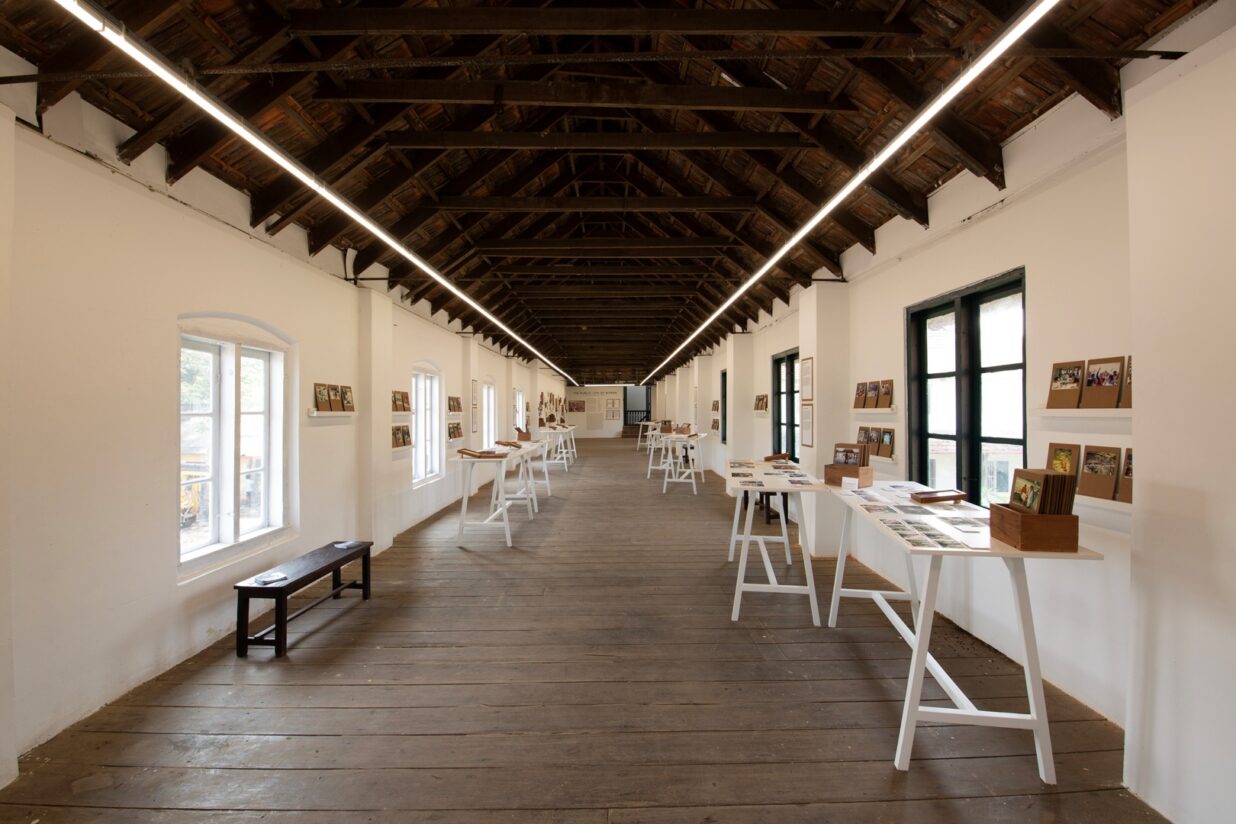 Being out in the public and sharing one’s story has an immense effect on the social impulse at any given period. That takes a curve when it talks about women and the feminist movement. As clichéd as it is that still stands relevant. To become public is to be seen and accounted for in history.
Being out in the public and sharing one’s story has an immense effect on the social impulse at any given period. That takes a curve when it talks about women and the feminist movement. As clichéd as it is that still stands relevant. To become public is to be seen and accounted for in history.
The Public Life of Women: a feminist memory project as part of Kochi Muziris Biennale at Pepper House in Fort Kochi is curated by Diwas Raja Kc, Head of Research and Archives at Nepal Picture Library, and NayanTara Gurung Kakshapati, Co-founder and Director of the organisation. It is an attempt to bring to light the ordinary lives of women in the domestic setting of Nepal from personal archives and present it in public spaces of visibility to narrate history to augment the future. It is part of memory-keeping and history-telling.
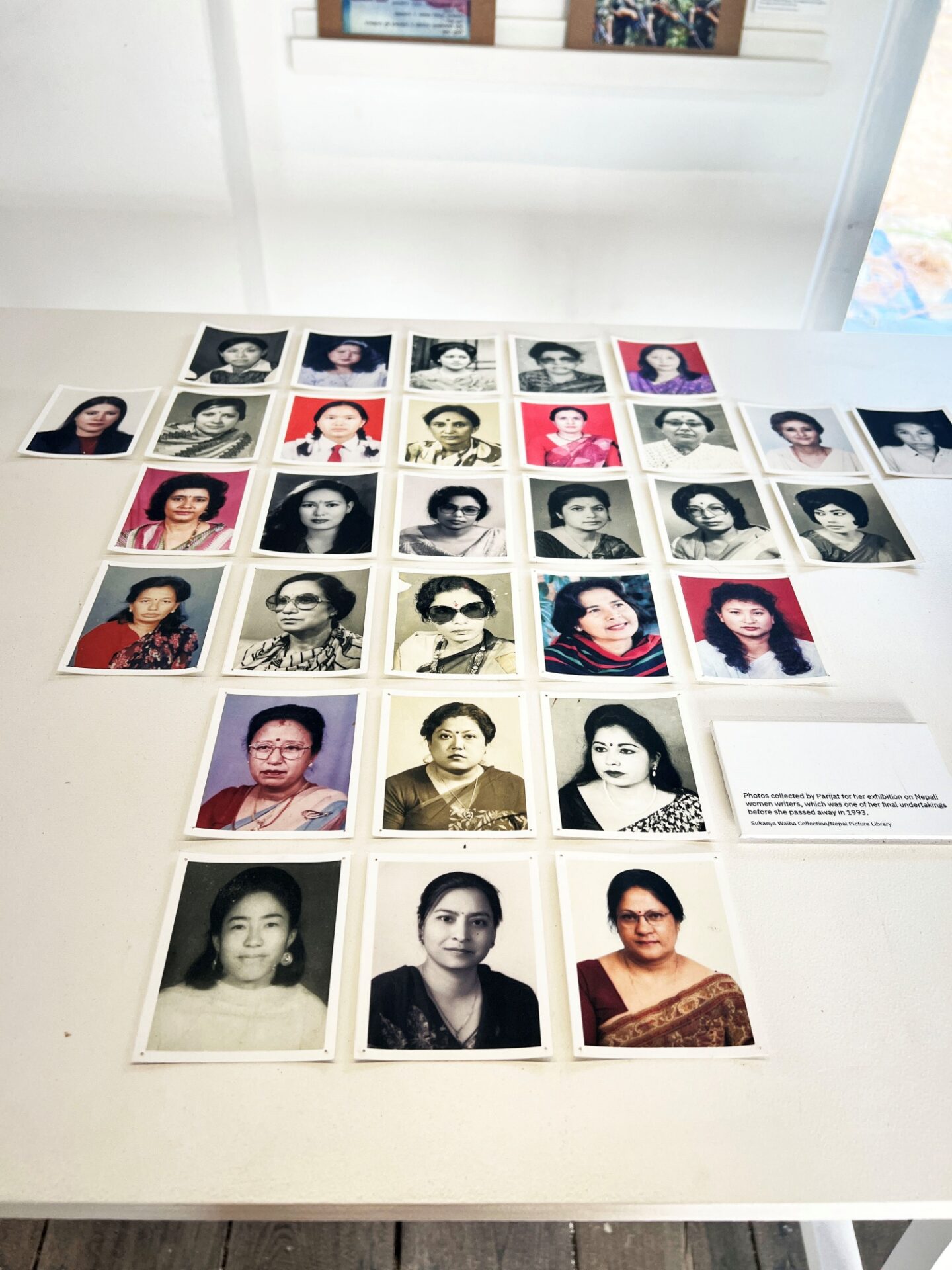 A Feminist Memory project began in 2018 with the emergence of the MeToo movement. This multi-part exhibition captures moments of the past when women quit traditional roles, joined clandestine political movements, delved into education, published opinions paving novel paths and possibilities, travelled new worlds to express their presence, freedom, and agency, became figures of authority, and broke social norms. One can see photos from the archives of NGOs that rattled the system with gender issues, sexual violence and harassment, trafficking, reproductive health and governance, economic empowerment, representation, and political participation. Publicness itself has emerged as a key feminist strategy in Nepal. The project features over 8,000 photographs, magazines, newspapers, pamphlets, oral histories, testimonies, and correspondences. It is a dedicated archive of the women’s movement in Nepal collected by talking to 250 individuals and organizations over a period of five months with a timeline from the 1930s-40s onward.
A Feminist Memory project began in 2018 with the emergence of the MeToo movement. This multi-part exhibition captures moments of the past when women quit traditional roles, joined clandestine political movements, delved into education, published opinions paving novel paths and possibilities, travelled new worlds to express their presence, freedom, and agency, became figures of authority, and broke social norms. One can see photos from the archives of NGOs that rattled the system with gender issues, sexual violence and harassment, trafficking, reproductive health and governance, economic empowerment, representation, and political participation. Publicness itself has emerged as a key feminist strategy in Nepal. The project features over 8,000 photographs, magazines, newspapers, pamphlets, oral histories, testimonies, and correspondences. It is a dedicated archive of the women’s movement in Nepal collected by talking to 250 individuals and organizations over a period of five months with a timeline from the 1930s-40s onward.
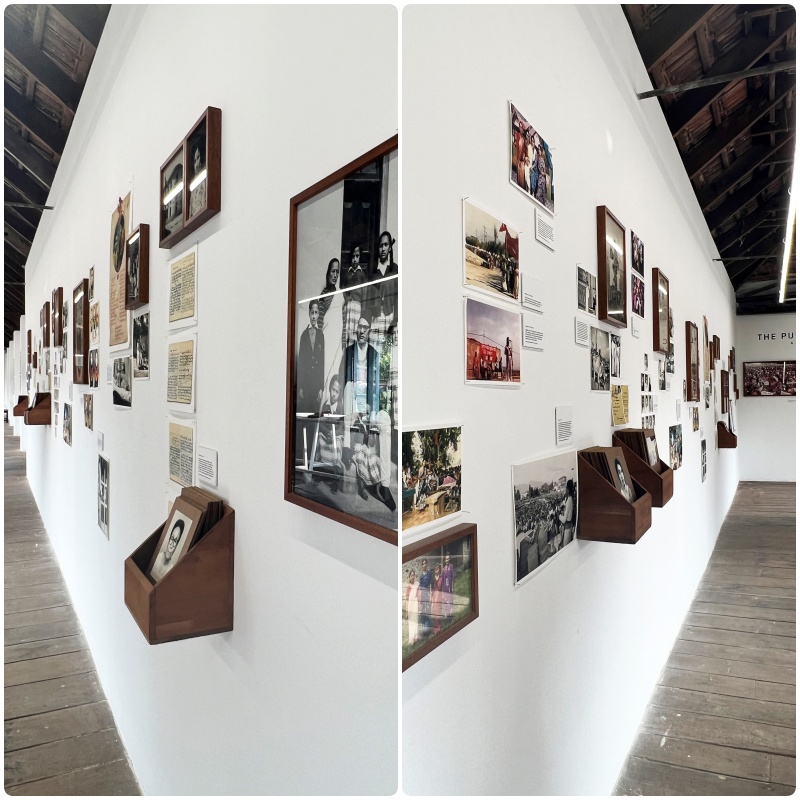 Presented in chapters namely Underground Biographies, Women of the People, Reading under the Candlelight, Words of Women, Out in the World, and Women for Women, the selected display highlights the strenuous efforts of individuals and collectives to shape, support, and document feminist histories in the country. Seeking to create visibility and amplify voices that intersect with other social and political movements is a mining of memories into the feminist awakening in Nepal. The display introduces a constellation of stories in which women gather at street demonstrations, speak at mass rallies, establish schools, teach in classrooms, work at factories, make art, travel, and meet in domestic spaces. It is interesting to note that the photograph of Diwas Raja’s mother features in the travel section.
Presented in chapters namely Underground Biographies, Women of the People, Reading under the Candlelight, Words of Women, Out in the World, and Women for Women, the selected display highlights the strenuous efforts of individuals and collectives to shape, support, and document feminist histories in the country. Seeking to create visibility and amplify voices that intersect with other social and political movements is a mining of memories into the feminist awakening in Nepal. The display introduces a constellation of stories in which women gather at street demonstrations, speak at mass rallies, establish schools, teach in classrooms, work at factories, make art, travel, and meet in domestic spaces. It is interesting to note that the photograph of Diwas Raja’s mother features in the travel section.
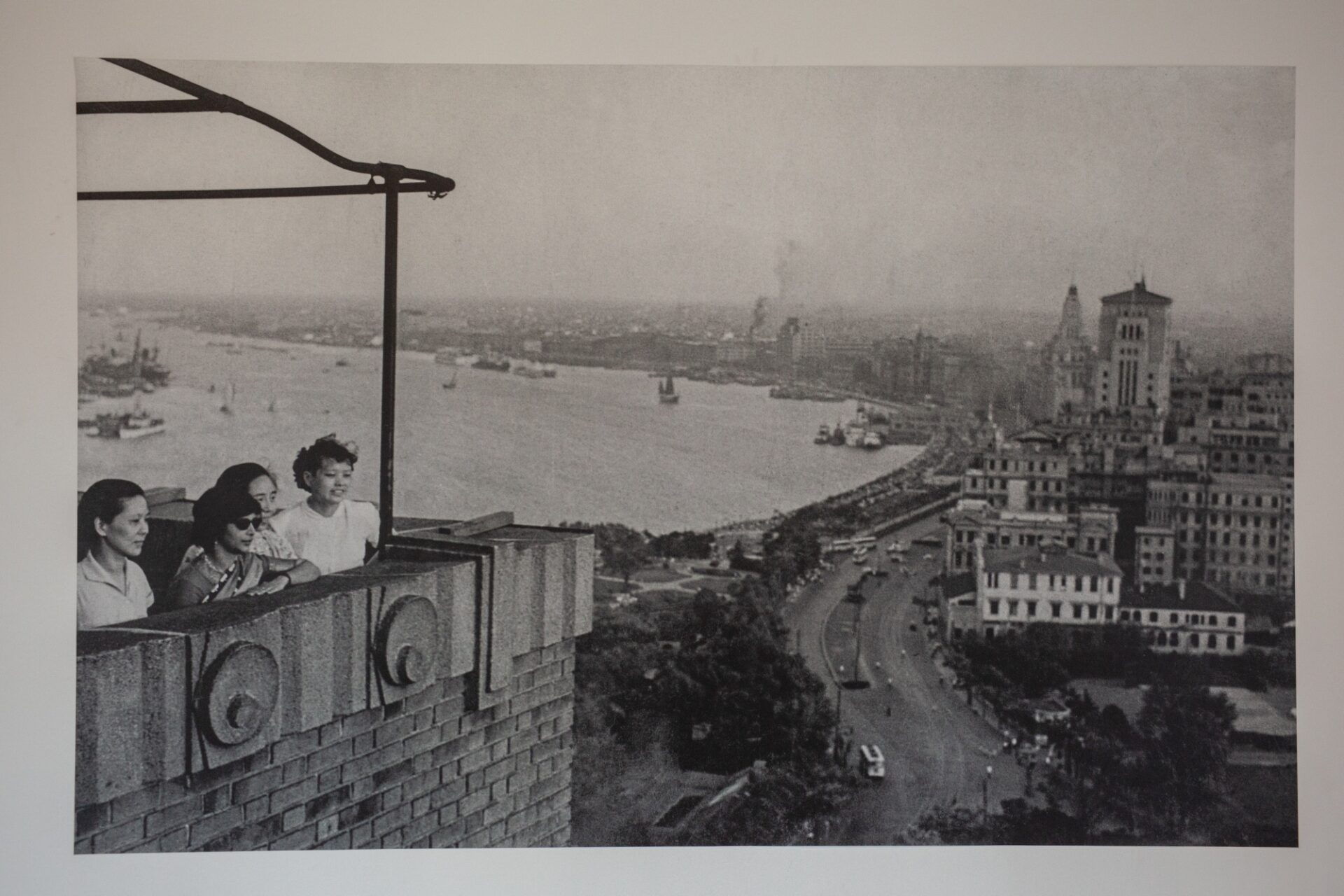 The chapters were first designed for outdoor spaces of an old city when first exhibited in Photo Kathmandu. In Kochi, they were constricted on tables each table representing a chapter. It affirms how the feminist experience is not lived in one way but is forged from multi-layered perspectives and one can keep building on the facets of it.
The chapters were first designed for outdoor spaces of an old city when first exhibited in Photo Kathmandu. In Kochi, they were constricted on tables each table representing a chapter. It affirms how the feminist experience is not lived in one way but is forged from multi-layered perspectives and one can keep building on the facets of it.
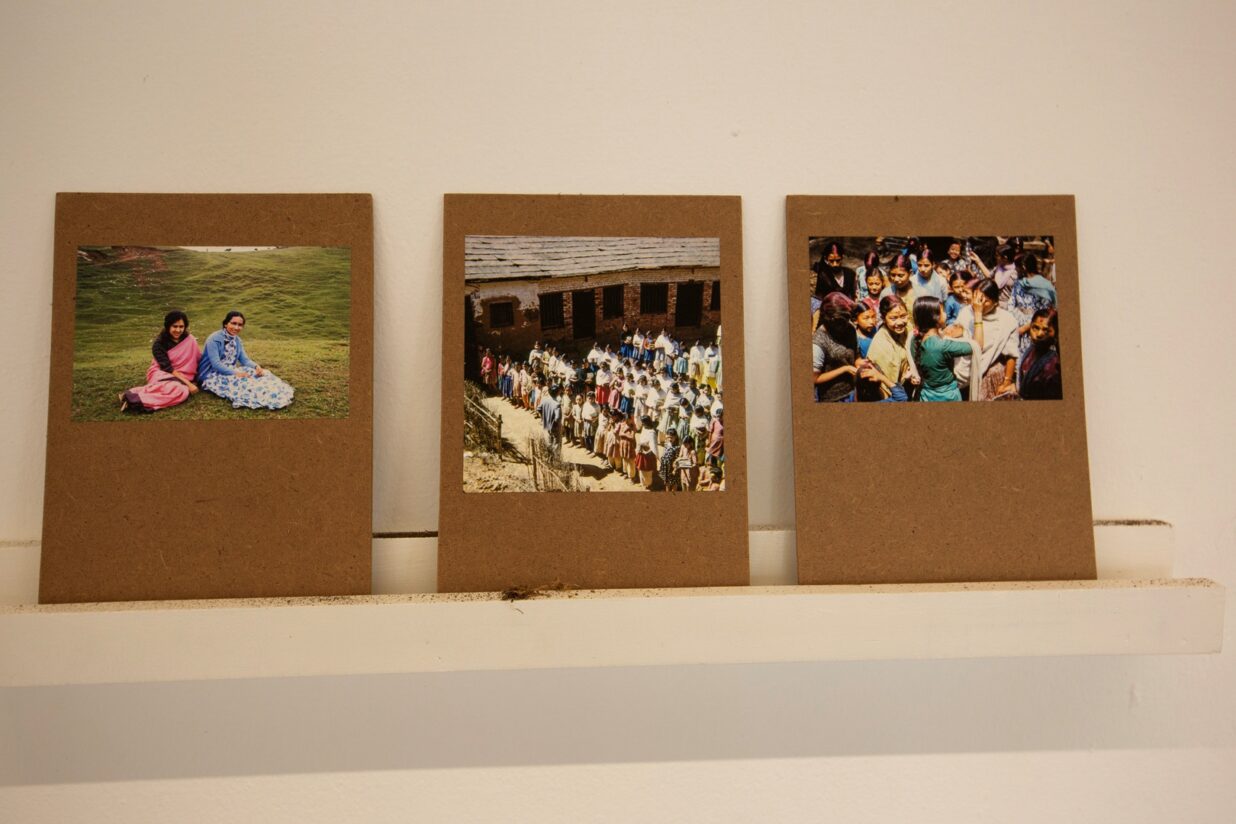 His research made Diwas notice a template prevalent in the stories of numerous women, the moment they identified themselves as a feminist was involved in crossing the threshold and finding a community outside. How their experience of the public sphere is and what happens when they interact in that space where some of the hegemonic and majoritarian practices are fashioned is underscored here.
His research made Diwas notice a template prevalent in the stories of numerous women, the moment they identified themselves as a feminist was involved in crossing the threshold and finding a community outside. How their experience of the public sphere is and what happens when they interact in that space where some of the hegemonic and majoritarian practices are fashioned is underscored here.
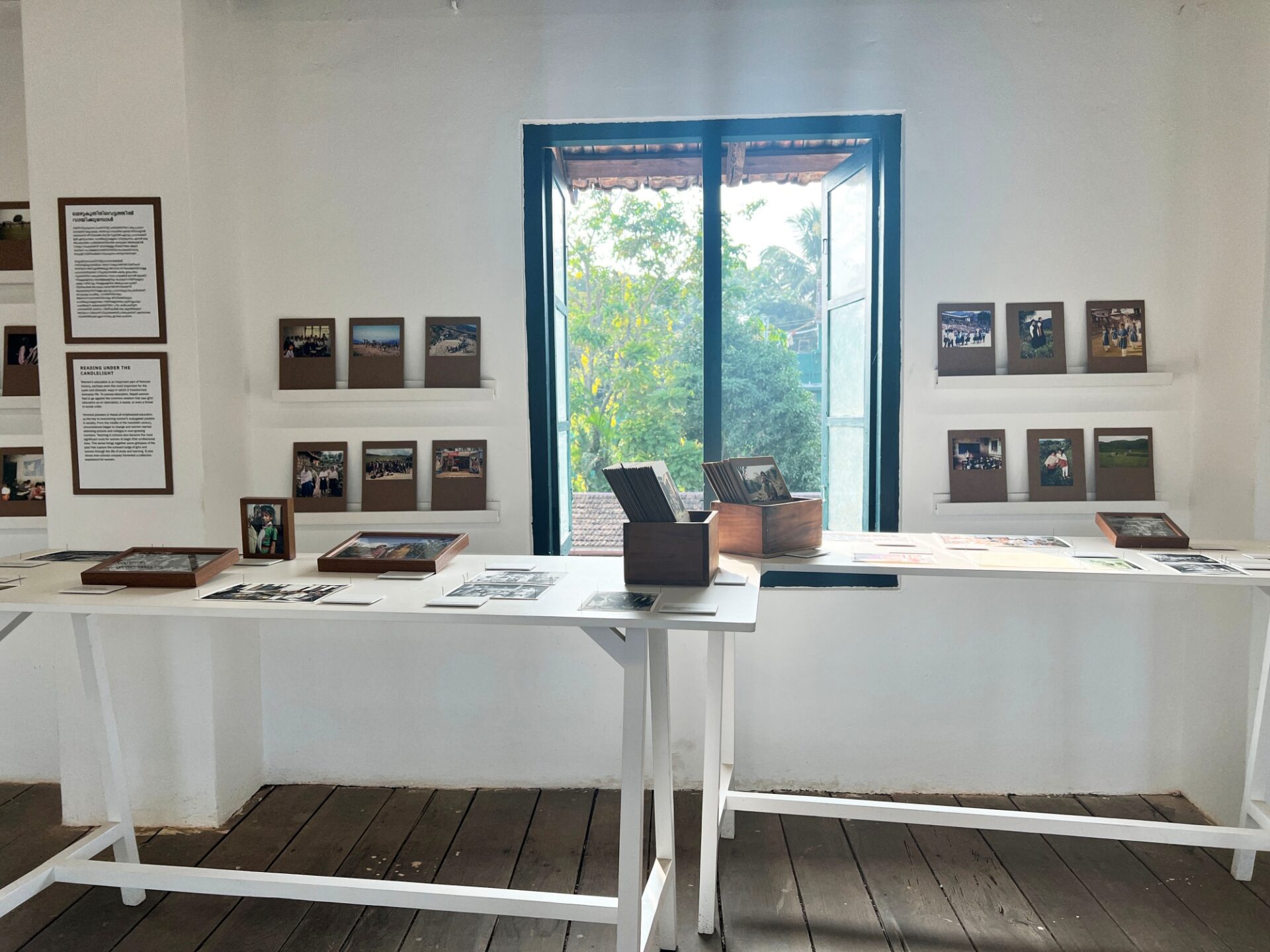 In a milieu, where our phones are databases and archives of our personal history, a photo exhibition can be overlooked. However, for a serious researcher like Diwas Raja such platforms, software, and devices that have made their photo projects viable and far-reaching are a boon. The analog has an aesthetic and charm that still overrides the digital version and NPL has been relying on it.
In a milieu, where our phones are databases and archives of our personal history, a photo exhibition can be overlooked. However, for a serious researcher like Diwas Raja such platforms, software, and devices that have made their photo projects viable and far-reaching are a boon. The analog has an aesthetic and charm that still overrides the digital version and NPL has been relying on it.
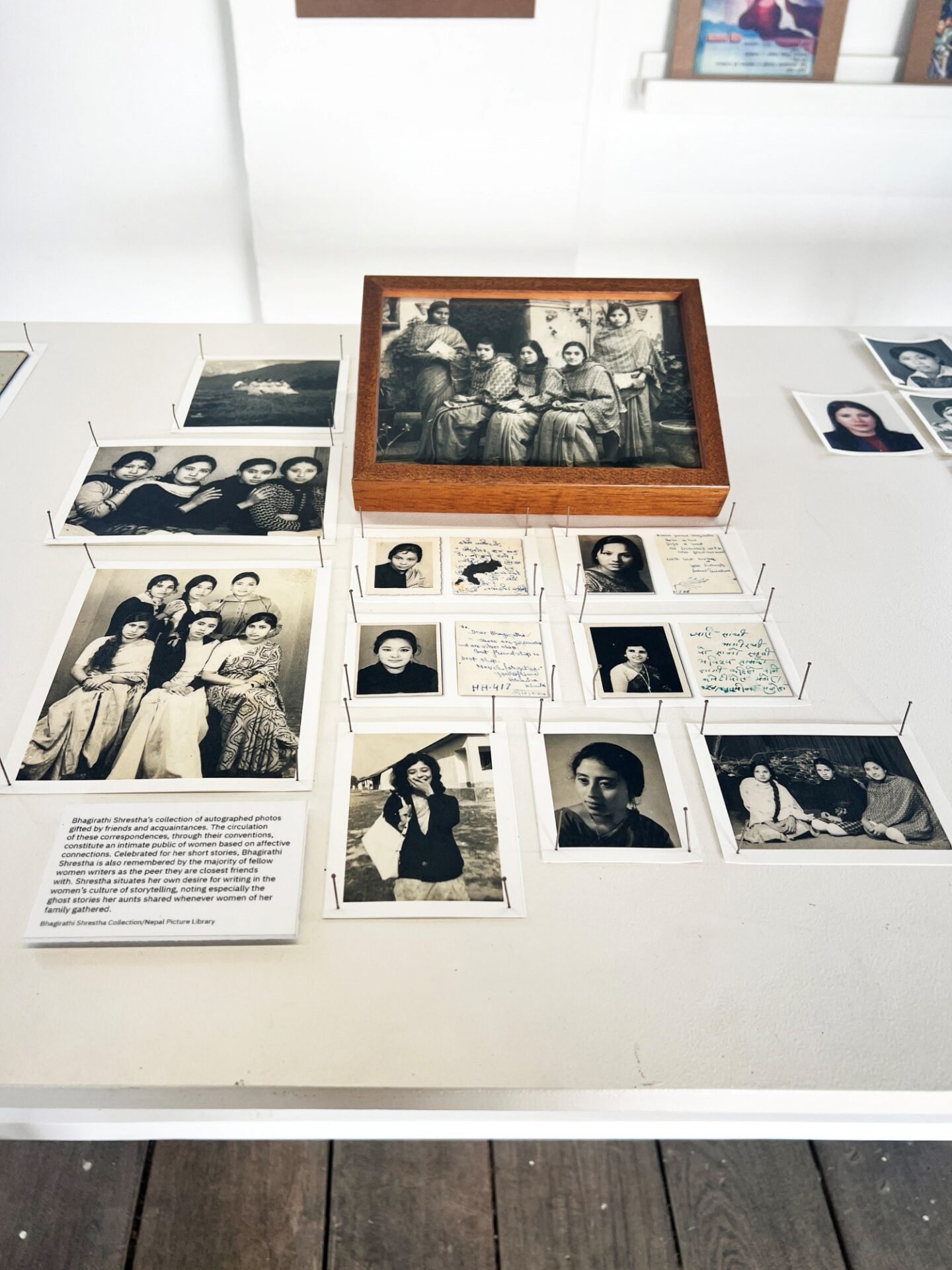 Nepal Picture Library (NPL) is an independent digital photography archive established in 2011 that documents the social and cultural history of Nepal. Its collection comprises over 120,000 photographs acquired from individual and institutional sources across the country.
Nepal Picture Library (NPL) is an independent digital photography archive established in 2011 that documents the social and cultural history of Nepal. Its collection comprises over 120,000 photographs acquired from individual and institutional sources across the country.




